By Gouri Satya, Sr. Journalist
A small by-lane in the Fort Mohalla, also known by its old name Khille Mohalla, is called S.N. Pandit Street. This small by-lane near Shankara Mutt in Mysuru has a hidden tale of interest. This has been recorded by renowned composer and musician Mysore Vasudevacharya in his book, “Nenapugalu.”
S.N. Pandit Street is a cross road to Shankara Mutt Road in Khille Mohalla. Pandit was a reputed Ayurvedic Physician, one among those in Mysore who prepared Ayurvedic medicines as prescribed in old Ayurvedic texts and dispensed them to patients. Mysore had many such traditional Ayurvedic Pandits.
When modern science was yet to advance and Allopathic medicines were yet to come to the market, diseases were frequent and minor ailments were common. People had to depend on traditional medicines like Ayurveda, Unani, Siddha and the likes. To help people overcome these health issues, many had specialised in making Ayurvedic medicines.
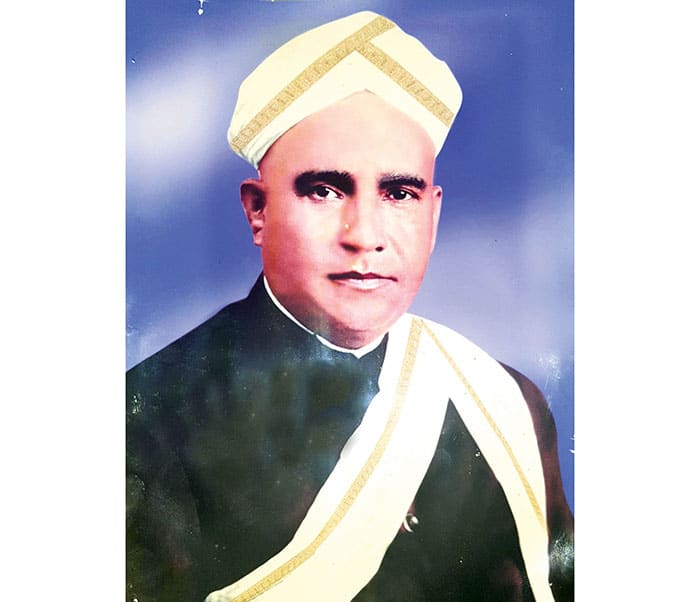
While some of these Pandits were popular for their medicines, many others were known for their treatment. These products had become household names, so also the Pandits. People opted to buy medicines of a particular brand finding those medicines helpful. This profession had continued from one generation to the next. We find some families continuing this inherited profession in Mysuru and their Ayurvedic medicines continue to be popular, not only here but also outside.
For instance, there was Palyada Venkatachala Pandit, who was famous for his Kasthuri pills. People chose to buy only that particular brand for giving a pill or two to lactating mothers or children. B.V. Pandit of Nanjangud was known for his famous tooth-powder. When there were no branded tooth-pastes like today, B.V. Pandit’s Nanjangud tooth powder was the most sought after.
The herbal tooth-powder was available in almost all shops. Nambishan, who resided in Nazarbad, was an Ayurvedic Pandit of the Kerala School of Ayurveda. Similarly, there were other Ayurvedic Pandits, including those who worked in the Government Ayurveda College and Hospital. The Mysore Municipality had an Ayurvedic Pandit as one its staff in the medical section. It was also operating a few Ayurvedic dispensaries where medicines were given free of cost.
One among such reputed Ayurvedic Pandits was S.N. Pandit, whose full name was Subba Narasimha Pandit. His parents were Narasimha Bhatta, also called Shamanna and Venktalakshamma. Born in 1884, S.N. Pandit initially worked as a teacher in the Wesleyan Mission School. Taking interest in Ayurveda, he went to many Ayurvedic Pandits taking patients along with him and in the process began to know their methods of treatment and also the medicines they dispensed.
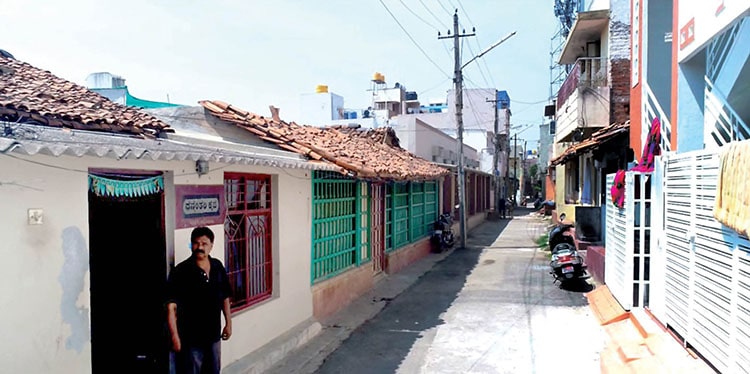
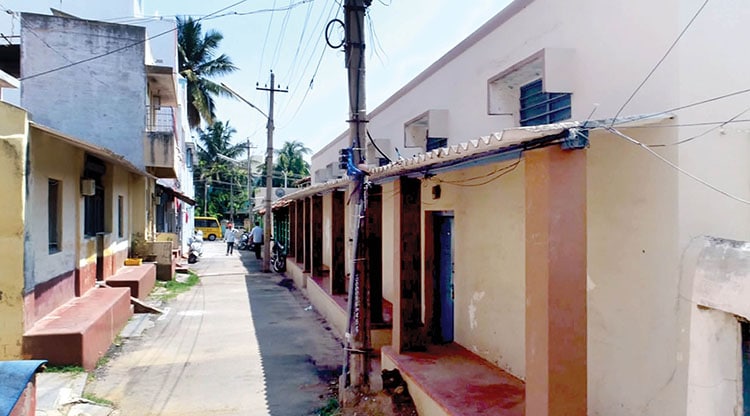
Expertise in roots
As his interest in the field developed further, he began to study books related to the subject and gain expertise in the use of roots and herbs chiefly to treat ailments which could not be treated by other branches. To expand his knowledge and to know the practices followed in other places, he went to Kerala, Andhra Pradesh and Maharashtra and lived there for some time, learning their ways of treatment. After returning to Mysuru, he began to make a comparative study between Allopathy, Homeopathy and other systems of treatment and acquired knowledge of both modern and ancient systems.
These studies made him realise that Ayurveda and Unani systems were more beneficial than the chemical-based Allopathy. Supported by the Aryavysya and Ursu community members, he opened a Vaidyashala in 1922 at Lansdowne Building, now in neglected condition. He named it ‘Mysore Ayurvedic Pharmacy’ and earned fame as an expert Pandit, both in treating patients and selling his own Ayurvedic preparations. He also wrote a book on Ayurveda in 1923. In his last days, Narasimha Pandit took to Sanyasa under Yadathore Swamiji and assumed the name ‘Vimalananda Theertha.’ His end came in 1947. His great grandson, Karthik Pandit and his wife Ranjani Karthik, are continuing more than a century-old profession of his forefathers.
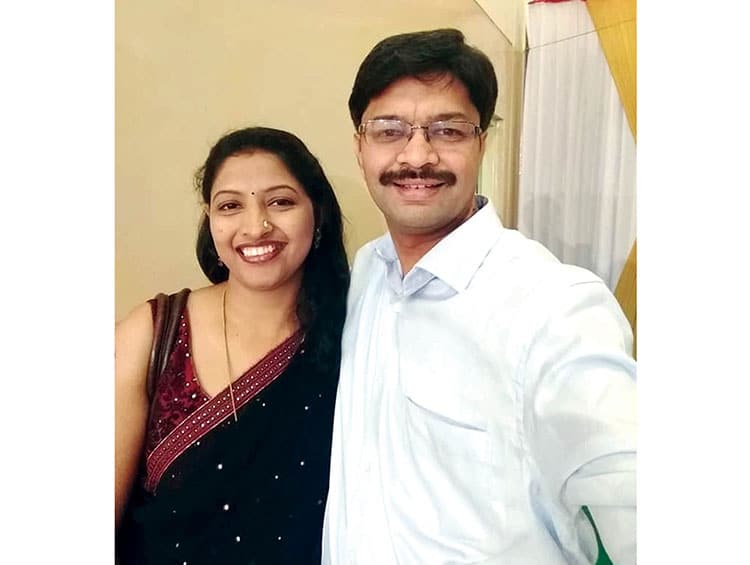
The honest Shirastedar of Maharaja’s Palace
S.N. Pandit lived in an old tiled house in one of the by-lanes of Shankara Mutt Road in Fort Mohalla. Built in the traditional Mysuru style, his house existed almost till recently. This by-lane, though called S.N. Pandit Street now, has an interesting background.
This street had a different name and was called ‘Ramakrishnappa Street’ a few decades ago. Ramakrishnappa was a Shirastedar in the Ambavilasa of the Maharaja’s Palace. Every one respected him because of his honesty and the simple and traditional life he led. A slim personality, even Maharaja Krishnaraja Wadiyar III respected him as he was sincere in his duties.
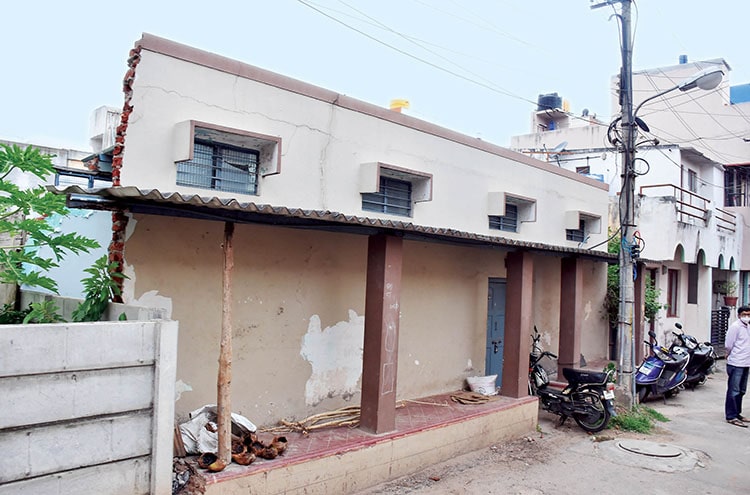
He was also generous and never refused help to anyone who approached him. He had kept small changes in packets and whenever someone visited his house he received him cordially and offered ‘thamboola’ with ‘dakshine’ according to his merit. An unassuming personality, he had chosen a simple and honest life and had even politely rejected offers of honours or money made by the Maharaja. Finally, the Maharaja had persuaded him to accept a small box-type carriage for his visits to the Palace. Krishnappa had reluctantly accepted the ‘pettige gaadi’.
The elderly Ramakrishnappa had a habit of not standing up and offering salutations (Namaskara) to any person except the Maharaja in the Palace. This attitude of Ramakrishnappa was irritating other senior employees in the Palace. They felt that Ramakrishnappa was discourteous to them. However, they had no courage to take up this matter with the Maharaja as Krishnaraja Wadiyar III had high regard for Ramakrishnappa. Finally, one day an officer took courage and broached the subject with the Maharaja.
The Maharaja’s reply was, “Ramakrishnappa is an elderly and saintly person. It is we (the Maharaja) who have told him not to take the trouble of getting up before any other person.” Stunned by the Maharaja’s indirect admonishment, the person who had complained to the Maharaja, had to keep his mouth shut. That was the kind of respect the Maharaja had for Ramakrishnappa.
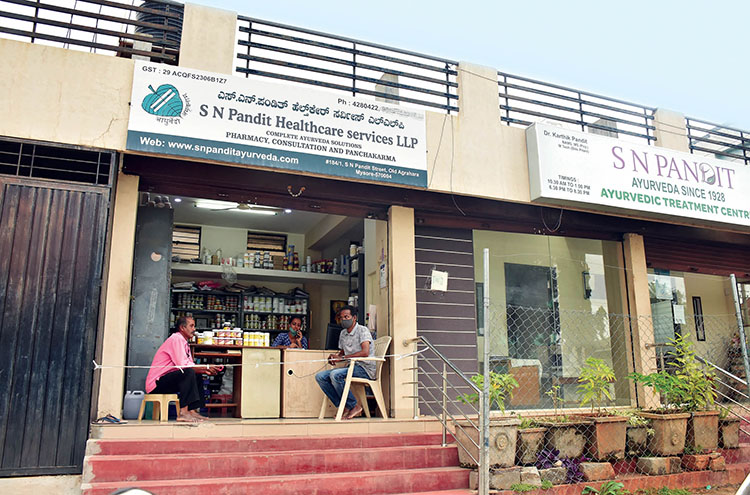
Conspiracy to defame Shirastedar
Now helpless, the employees were waiting for an opportunity to catch Ramakrishnappa in some embarrassing situation. One such opportunity arose when there was a small discrepancy in one of the accounts of the Palace. It was showing shortage of funds. Not to miss the opportunity, they approached the Maharaja immediately and complained to him that Ramakrishnappa had taken away Palace money.
Though the Maharaja did not believe them, to make sure, he called Ramakrishnappa and enquired about the matter. Upset that the Maharaja was suspecting his integrity, Ramakrishnappa immediately took the treasury key he had with him and told the Maharaja, “Mahaswami, here is the treasury key. This person is not the type who would aspire for someone else’s money.” So saying, he placed the key before the Maharaja and after bowing his head to him left the Palace immediately.
The Maharaja had not expected such a reaction from his loyal worker. He knew that Ramakrishnappa was a personification of honesty and would not touch even a speck of dust of a window in the Palace, let alone money belonging to the treasury. After a few days, it came to light that there was discrepancy in the accounting itself and there was no shortfall as such. The Maharaja was full of remorse for questioning Ramakrishnappa about the shortfall of treasury money.
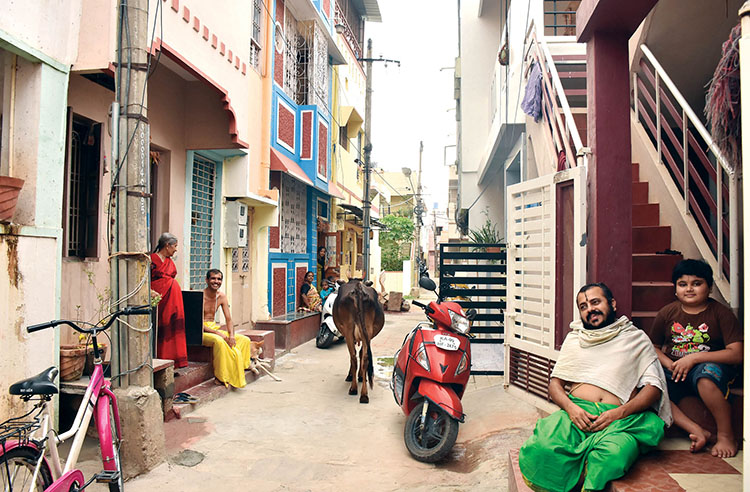
Maharaja and Saligrama ‘King’
The Maharaja immediately sent words to Ramakrishnappa asking him to come to the Palace. When the messenger came to his house, Ramakrishnappa was wearing a short dhoti and was having a sacred Saligrama on his palm. Holding the Saligrama in his hand, Ramakrishnappa told the messenger, “What relation I have now with the Palace? My king resides in this Saligrama. Please convey my folded-hand salutations to the Prabhu and tell him that I will no longer step into the Palace.”
The servant returned to the Palace and informed the Maharaja accordingly. In turn, the Maharaja asked his messenger to go back and tell Ramakrishnappa that his house is at a very low level to enter through the door. “If I go there, the lintel at the entrance will hit my head.” Indirectly, indicating that a King would not bow his head before any one, let alone a Palace employee.
Now, it was the turn of Ramakrishnappa to regret that he had misunderstood his Mahaprabhu. Hearing these words from the servant, Ramakrishnappa reflected in himself, “after all, he is my King. Should I be so much anguished?” He went to the Palace and stood humbly before the Maharaja with folded hands and without lifting his head up. Seeing Ramakrishnappa back, Maharaja remarked, “Ayya, Ramakrishnappa! Don’t be so much vexed. I am intending to adopt a boy. Please don’t swear in your anger. You are a white-robed ‘Sanyasi.’ This Palace is yours. Please take back the key,” the Maharaja appealed to his honest servant. Listening to the kind words of his Prabhu, Ramakrishnappa’s heart melted with compassion and took the key back.
S.N. Pandit Galli
The house in which Ramakrishnappa lived was purchased by Ayurvedic Pandit S.N. Pandit years later. He, his children and grand-children lived in the same old house without making any changes except for power connection and lights. As S.N.Pandit became popular as an Ayurvedic Pandit, the narrow by-lane (Galli) gradually came to be identified as “S.N.Pandit Galli.”
Mysore had such many such legendary personalities during the reign of the Maharajas, who had distinguished themselves while serving their master and helping the people. Among them are Ramakrishnappa and Narasimha Pandit who have carved out a name, one for his loyal service to the Maharaja and the other for his dedicated service to the cause of Ayurveda.
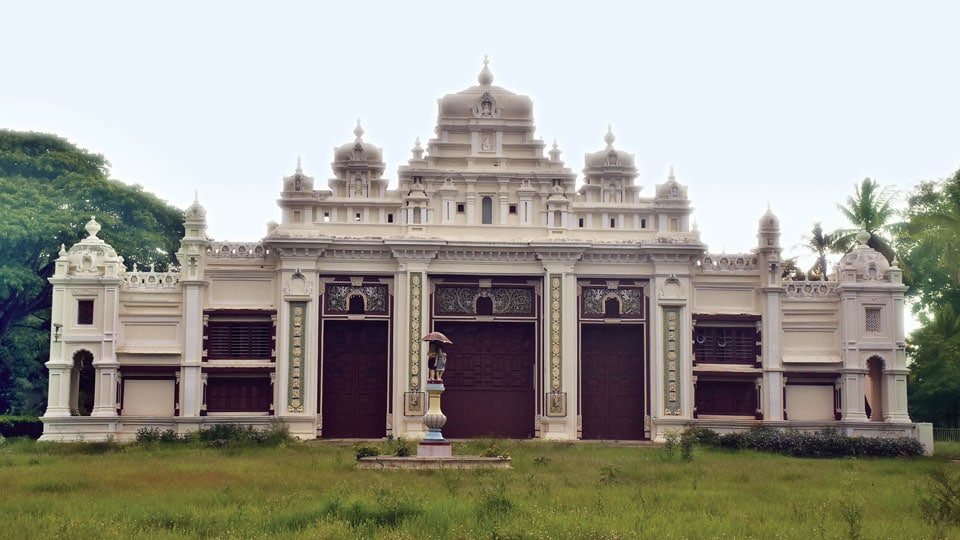
‘Jaganmohaka…’ becomes ‘Jaganmohana Bangale’
It was Ramakrishnappa who was responsible for the Jaganmohan Palace to be christened. When he accompanied the Maharaja to see the newly built Palace, Krishnaraja Wadiyar asked him what name he thought would be ideal for the newly-built Palace. “What can I suggest, Mahaswamy. It is Jaganmohaka”, Ramakrishnappa remarked. “Good, let us call it “Jaganmohana Bangale”, a happy Maharaja responded. That is how the century-old Palace came to be called.



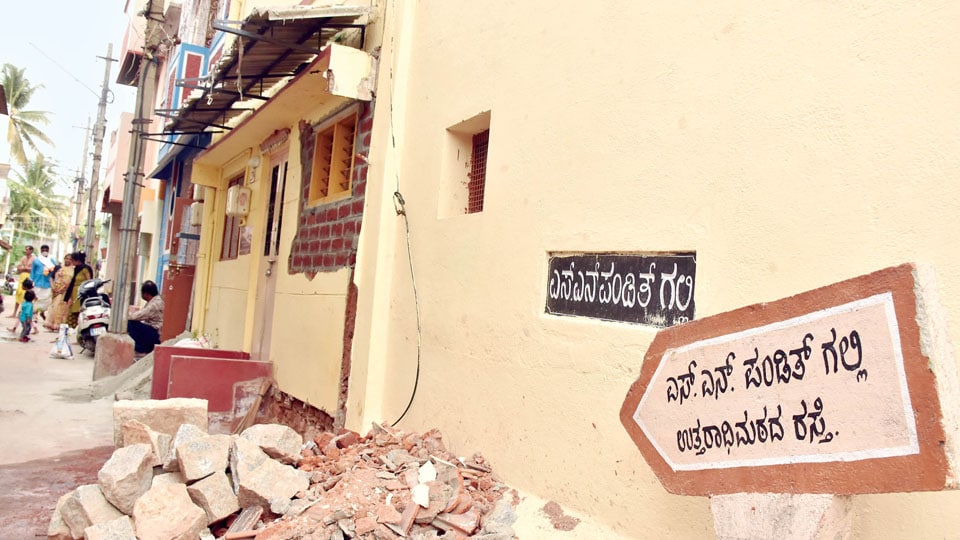




A dedicated personality. The article is quite informative and the images are beautiful as well. Thanks for bringing him alive.
So, this proves that crooks existed even in those times but the Maharaja knew the person they were not successful ! They conspired to defame an hones person and then they were unsuccessful! Today, you see that an honest person is successfully defamed and transferred while all they hyenas shout that democracy has won! This is happening at all levels!
Fantastic article by Shri. Gowri Satyaji… I am amazed at his ability to research and extract such detailed information and present in a succinct manner for readers….
Looking forward to many more such stories that reinforce the values of compassion and larger social good.
🙏🙏
Thank you very much for the wonderful information about the old Mysore. If not for articles like this, memory of many of the past era, will be lost.someday you should write about one more medical practitioner of that time , Chandra ban Singh, who is said to researched and created ,’sanjivini’, which he wanted to administer to my grandmother, when she died in the year 1964 and revive her.
Thank you very much, Dr. Nagaraj Sharma
True, Mr. Subbu. They have been there ever since.
Thank you very much Shri Venkat. I deem your words of appreciation an honour.
Thanks Harish. That article is in my mind. About ‘Sanjeevini’, I do not have any knowledge. Do send me if you have some details. Thanks again.